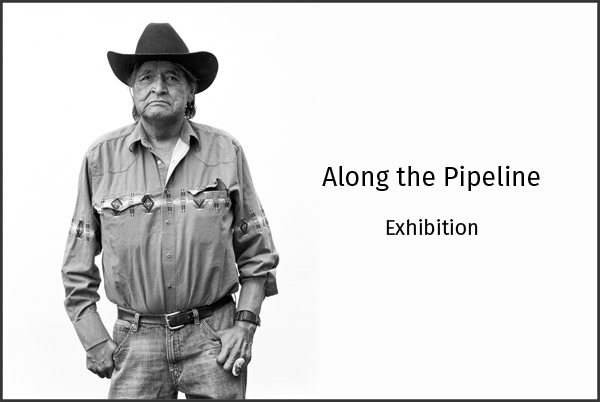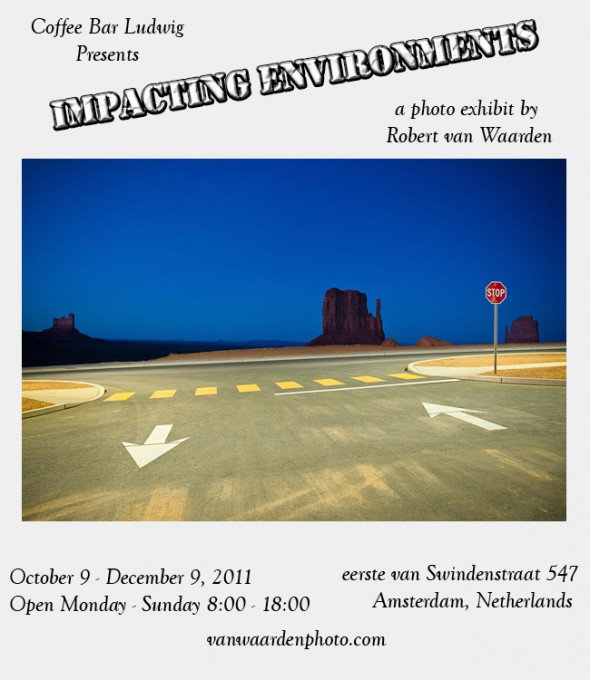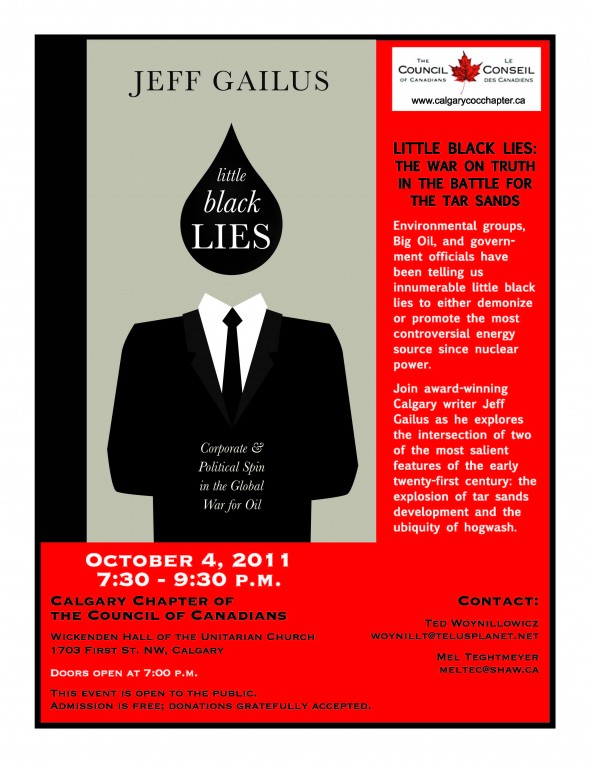
The slate quarry in Delabole, UK.
Delabole is famous for its hole in the ground. Well, to be more accurate, it is famous for its slate mine. The hole is visible from the backyard of Peter and Jacqueline Harman’s slate house. For 23 years that hole has had a backdrop, contrasting new and old, of the first commercial wind farm in the UK.
The wind turbines turn lazily in the Atlantic breeze. They don’t bother Peter. “I think that if people could see that they can benefit from it, it might change their opinion,” says Peter.
Peter and Jacqueline are retired pensioners that have just moved to Delabole, a little village in the south west of the United Kingdom. Their home is still in a state of renovation; boxes piled high, furniture covered with sheets and projects visibly underway. Everything in this house runs on electricity, including the heating; and when your walls are 21 inches of slate it can take a while to warm up. Although “once warm, it stays warm” insists Peter.
The Harman’s electricity bill is significant so Peter spent some time researching the best rates. He noticed an article in the local paper, The Slate, with details about the new Delabole Local Tariff from Good Energy.

The sunrises on the little village of Delabole in the United Kingdom.
The concept is simple. Good Energy owns the aforementioned wind farm and their customers living within two kilometres of the site are eligible for a local tariff. The idea is that those that have it in their backyard should benefit from it. This is something that the developers of Delabole wanted to do at the very beginning but only recently a change in regulations allow for it to happen.

Phydeau, the Harman’s dog at their home in Delabole, the UK.
The tariff gives a 20% discount on standard energy prices and includes an additional ‘windfall’ bonus. If the turbines exceed their expected yearly performance each household gets 50 pounds. It is the first scheme of its kind in the UK and puts the community at the centre of renewable energy generation.
After speaking to Good Energy, Peter didn’t even look at other rates. He immediately signed up and as of April they have been receiving their discounted wind energy. He believes that he will save around 70 pounds per year, no small amount for a retired couple.
Peter emphasizes that it wasn’t only the financial reward that affected their decision. He says that Jacqueline is a strong believer in the need for action on global warming, and even if he hasn’t quite made up his mind on the science, he really likes renewable energy and what it represents.

An old two bladed wind turbine framed by trees turns in the wind near Delabole, Cornwall in the United Kingdom.
Peter has spread the word and now several of his neighbours have also shown an interest in signing up. He thinks that this idea should be replicated across the UK.
“Wind farms are a good idea, as long as they don’t put hundreds of them everywhere and spoil everything, but if they have a wind farm in a local area, why shouldn’t local people benefit from having it there?”

Peter Harman and his dog Chalkie at their home in Delabole, UK.
 his Saturday, Feb. 28, the Maison du Développement Durable in Montreal will play host to the Along the Pipeline photography exhibition. Presented within the confines of the Nuit Blanche, this promises to be an exciting evening with cocktails, pipelines and lots of people. If you are in Montreal and free, please stop by. Afterwards you can continue on to one of the many numerous events happening all across the city.
his Saturday, Feb. 28, the Maison du Développement Durable in Montreal will play host to the Along the Pipeline photography exhibition. Presented within the confines of the Nuit Blanche, this promises to be an exciting evening with cocktails, pipelines and lots of people. If you are in Montreal and free, please stop by. Afterwards you can continue on to one of the many numerous events happening all across the city.






















